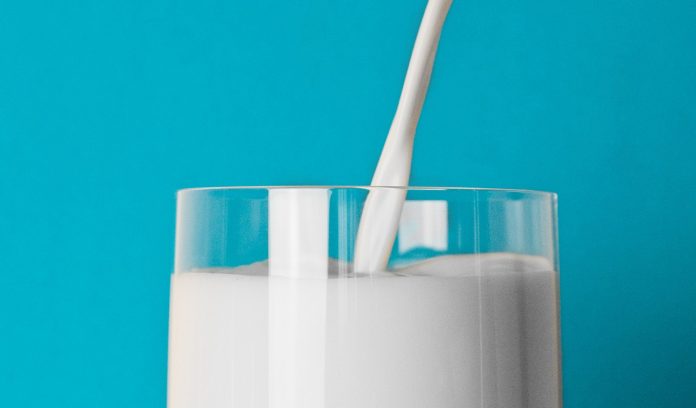Since June 1, when the U.S. Department of Agriculture released its pre-hearing action plan and request for additional milk price modernization proposals, there have been a total of 12 proposals submitted.
Many of those proposals have also been revised as USDA had questions for the submitters. We will continue to review these additional proposals and provide you with their information. Some of these proposals build on the NMPF proposal while others are very different or even opposite. All submitted proposals can be found on the Federal Milk Marketing Order website: https://www.ams.usda.gov/rules-regulations/moa/dairy/petitions.
During part I of our series on milk price modernization, which was published on June 1, we discussed the proposed make allowance updates. Then Part 2 was published on June 29 with a focus on updating the class I formula back to the formula used prior to 2019 and updating the cheddar cheese pricing factors from block and barrel to just block. In this article, we will discuss NMPF’s Milk component factors in the skim milk pricing formula and the class I differential surface model update.
Skim milk updates
The component factor update will have a small impact on component pricing orders like federal order 33 by raising the manufacturing skim milk values. These values are used in the class I milk price calculation and have fixed protein and other solids values. The increase in class I milk price will raise the pool value. In Skim, Fat orders like federal order 5 the component update will have a much greater increase in milk price. The current protein calculation is 3.1 pounds of protein per hundred pounds of milk, but the average milk sold through the federal order was 3.35 pounds of protein per hundred pounds of milk. An increase of .25 pounds of protein, using the June 2023 protein price of $1.5144 per pound would raise the price per hundredweight by about $0.3786 per CWT in Skim/fat orders and in the calculation used for class I, class III and class IV in component orders. Nonfat solids and other solids have also increased compared to the values used in the current formulas which if updated would have a positive impact on producers’ milk checks. The NMPF proposal also calls for component factors to be reviewed at least every 3 years and updated when the average protein in pooled skim milk increased by at least 0.7 percentage points in the weighted average from the last 3 years.
Class I differential surface model update
The other proposal is to update the class I differential pricing surface model which sets the class I location differential based on where milk is produced and where fluid milk is processed and consumed. One of the objectives of the federal order system has historically been to ensure that consumers have continual access to a fresh supply of fluid milk to drink. The last major update for the entire country to the location differential was in 2000. The Appalachian, Florida and Southeast orders saw modest updates in 2008. A lot has changed in the U.S. dairy industry over the last 23 years. Exports have grown from 5% in 2000 to 18% of milk production last year, which has changed the value of milk in the coastal regions with an additional market that comes with large transportation costs. Class I processing plants have mostly stayed close to cities as the cost to transport packaged fluid milk is even higher than the transportation cost for bulk fluid milk. Farms have been moving farther away from cities over the last 23 years as development pressure pushes on them.
As milk production has moved farther away from cities, the miles milk travels for processing have increased. The cost to move milk per loaded mile has also increased since the late 90s early 2000s when it cost approximately $1.70-$1.90 per loaded mile or $0.347-$0.388 per hundredweight per 100 miles. The current cost to transport milk has risen to $4.60-$5.00 per loaded mile, which is $0.920-$1.00 per hundredweight per 100 miles. Not only has transportation cost increased but so has the distance milk is traveling. And the number of available fluid backhauls has decreased, which helped to cover transportation costs. This proposal would increase the class I location differential in FO 33 from $1.08 to $3.68 and in FO 5 the current differential is $3.17 and would increase to $5.10. Across the country, the increase would average $1.49.
NMPF’s proposals will see many changes as the federal order hearing process progress, and we will continue with updates as these changes occur.













